The Moon
Last weekend, I hosted an astrophotography workshop on lunar photography for our local astronomy club. Tonight the skies finally cleared, and I got to apply what was learned! Here’s our lunar neighbor, in hi-res glory.
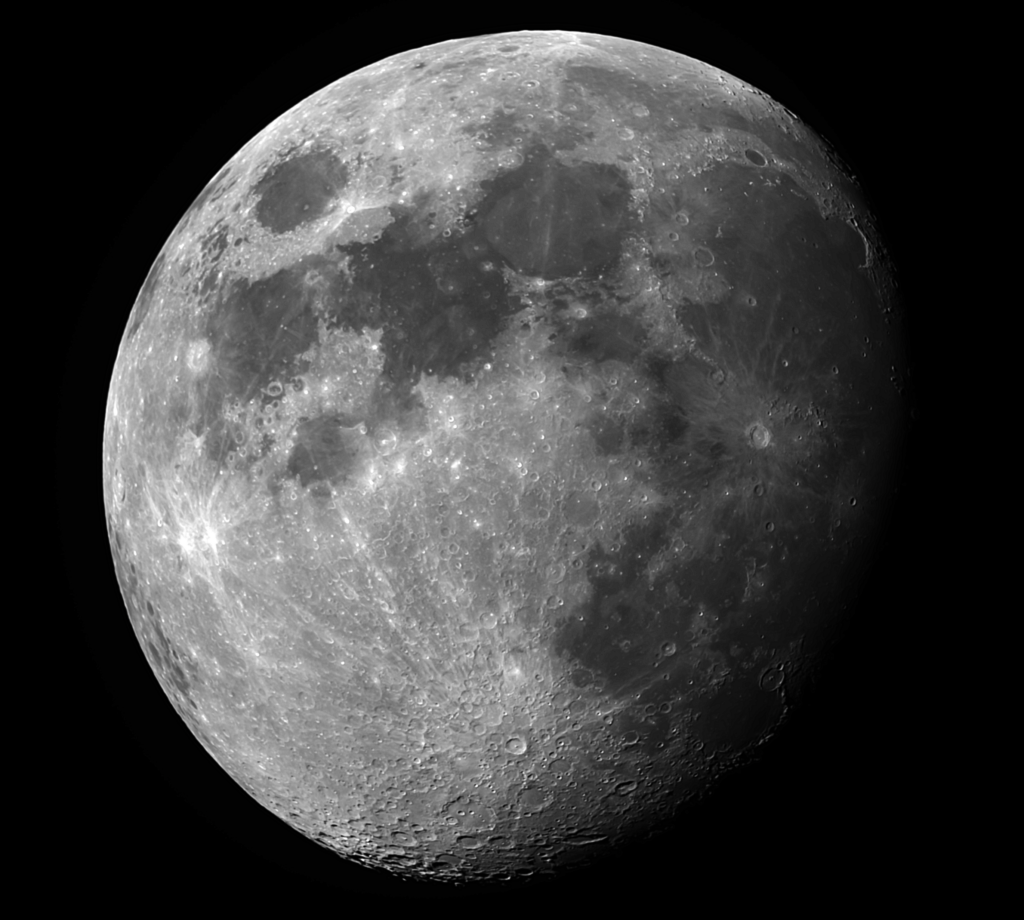
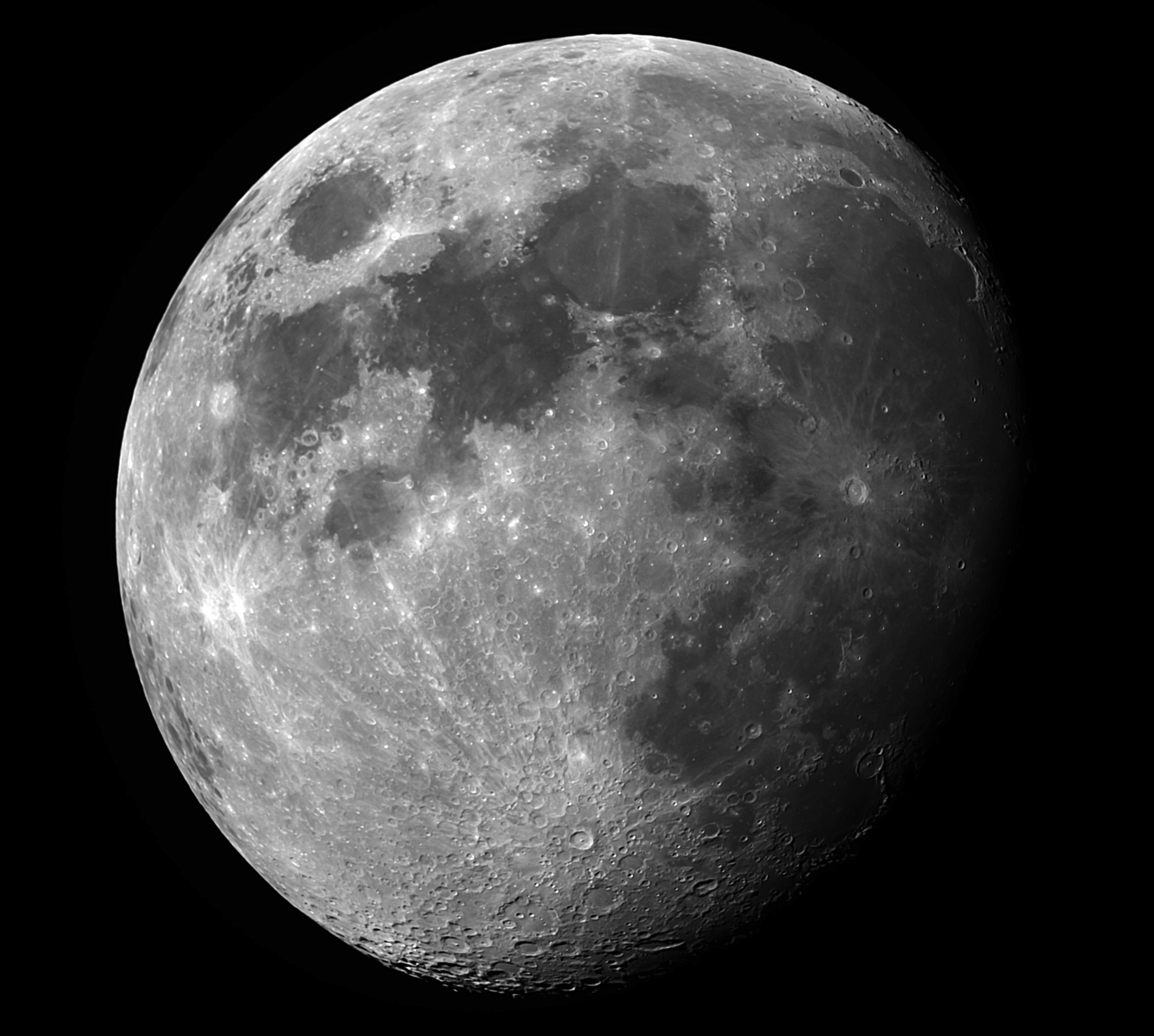
Last weekend, I hosted an astrophotography workshop on lunar photography for our local astronomy club. Tonight the skies finally cleared, and I got to apply what was learned! Here’s our lunar neighbor, in hi-res glory.

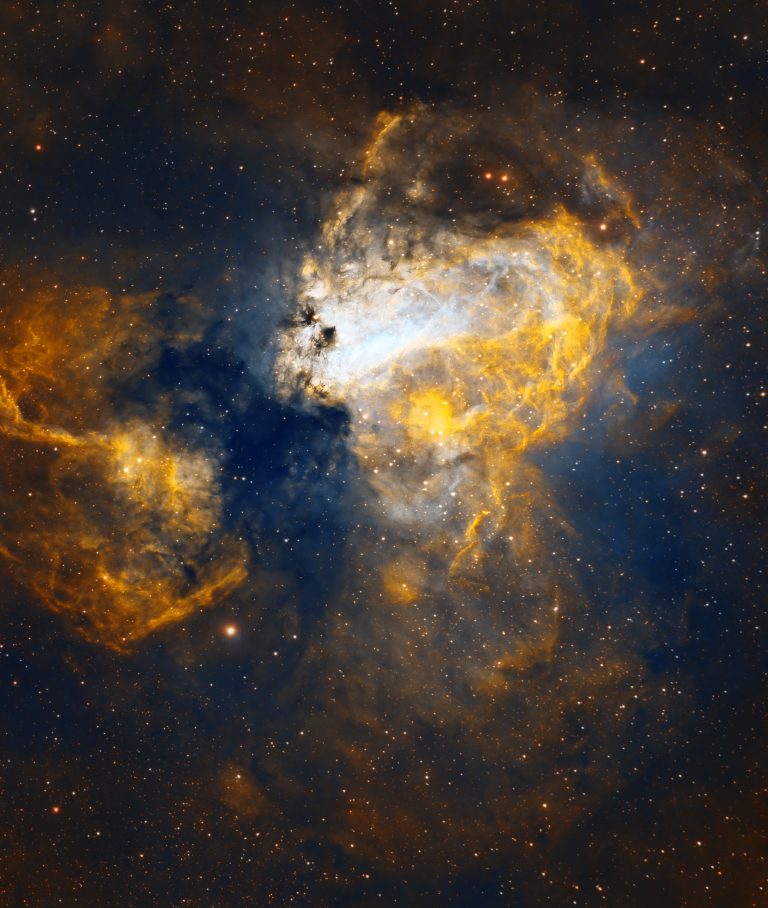
M17 is commonly known as the Swan Nebula or the Omega Nebula. From this angle, I think it looks more like a crab – but “Crab Nebula” was taken! Shot over a hazy summer night, with narrowband filters for the gases of the nebula itself, and RGB natural-color filters for the stars. Presented processed with…
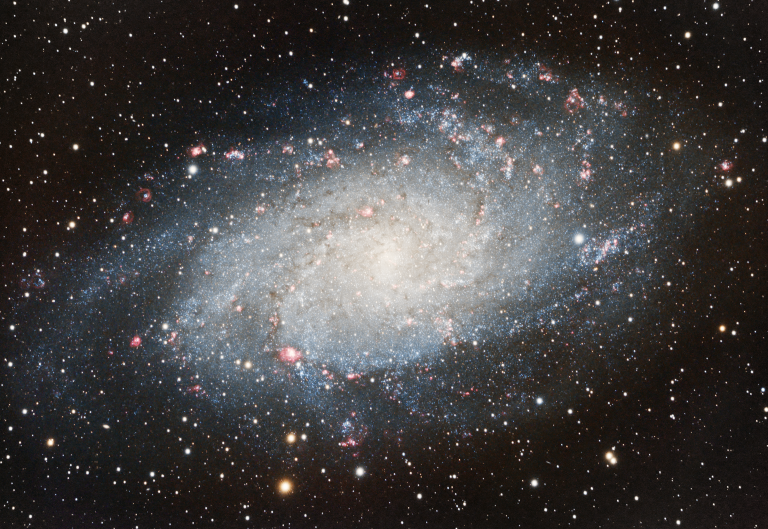
I’ve imaged M33, the “Triangulum Galaxy” before – but not yet from our new home with darker skies and better equipment. I’m really pleased with how this came out – although M33 is very close to us (2-3 million light-years – that’s close by galactic standards!) it is notoriously difficult to image. Although it’s close,…
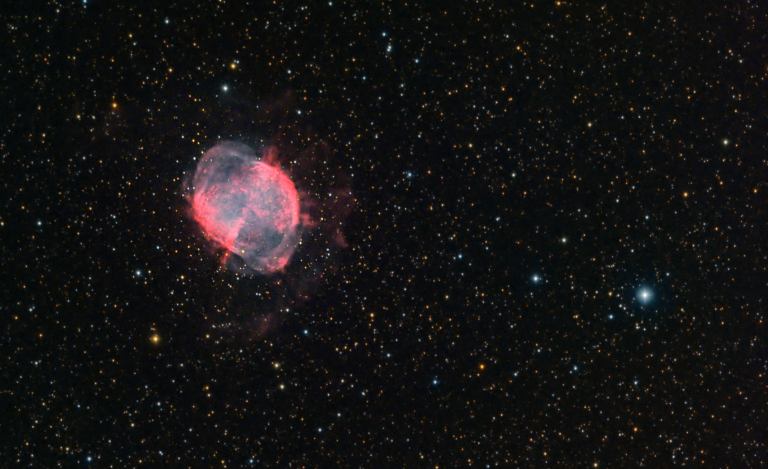
The Dumbbell Nebula (M27) is what’s called a planetary nebula – but it has nothing to do with a planet. This shell of gas was blown out by a dying star; once it started to run out of Hydrogen to burn, it expanded and blew out the gases you see here. The star then collapsed…
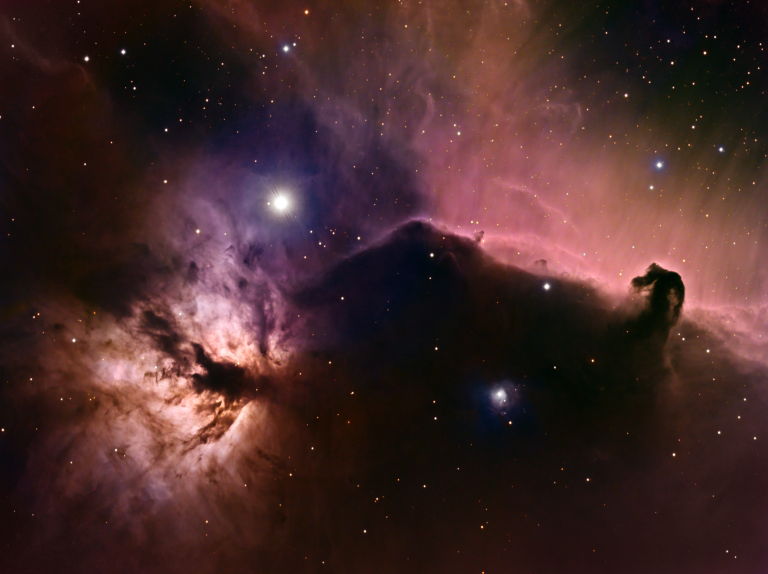
I trained my telescope at this pair of nebulas in Orion for a total of 10 hours. On the right is the iconic Horsehead nebula – actually a dark cloud of gas in front of the illuminated nebula behind it. To the left is the Flame Nebula. In between, in the upper-left, is the bright…
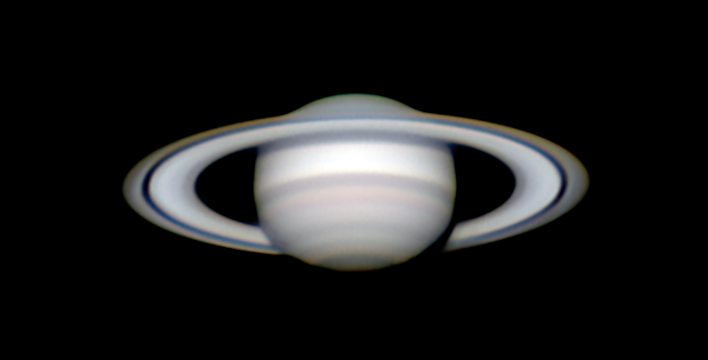
Last night marked Jupiter’s “opposition” – this is the time of year where Jupiter is at its closest point to Earth, and it’s at its biggest and brightest. By a stroke of luck, we had unusually clear skies for this event, and its moon Io was also crossing in front of Jupiter! You can see…
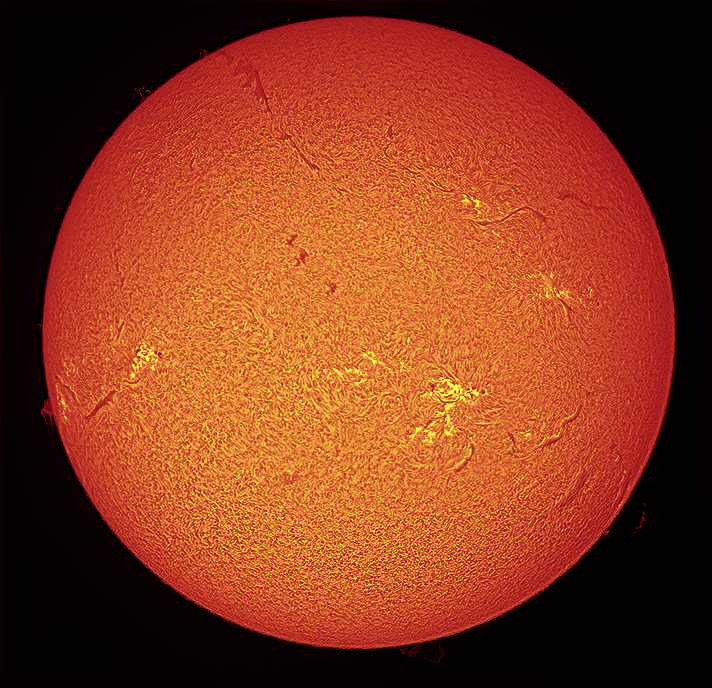
I just added a Lunt 40mm solar telescope to the arsenal here… figuring it out was challenging, but eventually I got it working! This ain’t bad for my very first solar image; still lots to learn though.